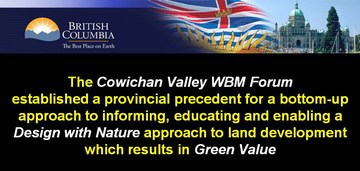CASE STUDY FOR LIVING WATER SMART: Cowichan Valley Water Balance Model Forum established practitioner expectations for rainwater management and green infrastructure – “The Forum was an outcome of the 2008 Cowichan Valley Learning Lunch Seminar Series,” stated Kate Miller
NOTE TO READERS:
Following release of Living Water Smart in 2008, the government of British Columbia maintained livingwatersmart.ca as a stand-alone portal to support the Living Water Smart program. Implementation was a provincial government priority that involved 11 ministries and many water and land managers and users.
In the early years, the Living Water Smart portal showcased the stories of those leading change on the ground in British Columbia. Some projects were complete, or had a short life of two to three years, while other commitments were to be implemented over a much longer time period. The article below was posted on the Living Water Smart website.
On the BC Ministry of Environment website (in 2020), Living Water Smart is now just a dropdown under the topic area “Water Planning and Strategies”. This reflects the fact that Living Water Smart way-of-thinking is fully integrated into the business as usual.
Convening for Action on Vancouver Island
The Cowichan Valley is a Living Water Smart demonstration region for an inclusive and collaborative approach to building green infrastructure capacity through education and training.
In October 2008, the Cowichan Valley Regional District hosted a ‘by invitation’ Water Balance Model Forum. This was part of the implementation program for Beyond the Guidebook: The New Business As Usual.
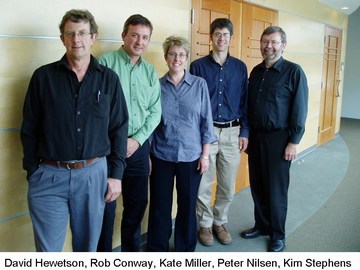
About the Water Balance Model
Developed by an Inter-Government Partnership to facilitate a consistent provincial approach to rainwater management and green infrastructure, the web-based Water Balance Model is unique. The tool bridges engineering and planning, links development sites to the stream and watershed, and enables local governments to establish science-based runoff performance targets.
The purpose of the Cowichan Valley Forum was to inform, educate and enable those who wish to apply the Water Balance Model to support a ‘design with nature’ approach to land development. Willing development proponents and their planning/design consultants collaborated with the Water Balance Model team to develop three case study applications that were shared at the Forum.
Building on the Vancouver Island experience, the City of Surrey hosted the first Metro Vancouver Water Balance Model Forum in March 2009. This learning event adapted the Cowichan Valley format for establishing local government expectations.
About the Cowichan Valley Forum
“The Forum was an outcome of the 2008 Cowichan Valley Learning Lunch Seminar Series,” explains Kate Miller, Manager of Regional Environmental Policy  Division, CVRD.
Division, CVRD.
“The 2008 Series was the first step in building a regional team approach so that there would be a common understanding and consistent messaging regarding on-the-ground expectations for rainwater management and green infrastructure in the Cowichan Valley.”
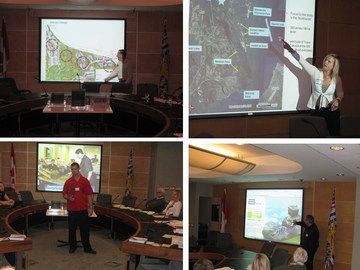
Case Study Applications
“The Forum was built around case study applications of the Water Balance Model. These provided the technical foundation for roundtable sharing, exploration and cross-fertilization of ideas on how to implement green infrastructure effectively.”
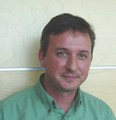 “Case study applications help build a common understanding of how to achieve runoff-based performance targets for rainwater management and green infrastructure,” elaborates Rob Conway, Manager, Development Services Division Services, CVRD.
“Case study applications help build a common understanding of how to achieve runoff-based performance targets for rainwater management and green infrastructure,” elaborates Rob Conway, Manager, Development Services Division Services, CVRD.
“What is unique about our approach is the educational context. Through this process, the design community is gaining an appreciation for protection of ecological values.”
Empower Local Champions
 “The educational approach is helping us to identify and empower a core group of local champions who will then have the expertise to apply and advance the water balance approach to land development,” adds Peter Nilsen, Deputy Engineer with the District of North Cowichan.
“The educational approach is helping us to identify and empower a core group of local champions who will then have the expertise to apply and advance the water balance approach to land development,” adds Peter Nilsen, Deputy Engineer with the District of North Cowichan.
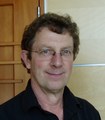 “This building of practitioner capacity encompasses both local government and the development community. Project proponents and reviewers will have a common language.”
“This building of practitioner capacity encompasses both local government and the development community. Project proponents and reviewers will have a common language.”
“Throughout the 2008 series, our theme and our challenge was to ask participants what will they do better or differently to achieve a shared vision for the Cowichan Valley,” states David Hewetson, Building Inspector with the City of Duncan.
Political Support
Personal invitations from the Chair of the Regional Board enhanced the profile of the Cowichan Valley Water Balance Model Forum.
“When we did an orientation session for the newly elected Board in January 2009, we briefed them regarding the Learning Lunch Series and Forum, and informed them that they are the change agents supporting the New Business As Usual in this region. This resonated,” reports Kate Miller.
To Learn More:
To learn more about the program scope and outcomes, click on Cowichan Valley Water Balance Model Forum.
